Datsun and the Middle Class
 |
| Datsun GO hatch. More cars on the anvil too! |
“Datsun targets at the “emerging middle-class”, said Carlos Ghosn, CEO of Nissan Motor company while unveiling the Datsun ‘GO’ hatch at the marque’s world premiere after 32 years. The budget brand’s return into the car making is nothing but its proprietor Nissan’s commitment to bring in low-cost cars to crack the emerging new markets, potential enough to change the fortunes for the company. The Datsun is said to cater to the markets like Russia, India, Indonesia and South Africa.
So what’s behind the “emerging middle-class” strategy of the automakers?
Let’s see the markets that the Datsun targets. The company’s primary market India is one of the fastest growing car market with least ownership ratio of 17 cars per 1000 people. There is a greater scope for low-cost budget cars for the increasing cost conscious buyers. The purchasing power and aspirations of the vast middle class in India is speculated to be expanding in the years to come (Lets discuss this a little latter).
It is already an important small car manufacturing hub in the region. Being allied to the Renault-Nissan, the largest auto group that has redefined the ‘product twins’ culture in our car market, Datsun can make use of the well established infrastructure (both manufacturing & marketing). A cost saving strategy indeed!
Speaking a bit on demographics, India has a very young population and is yet to realise the advantages of ‘demographic dividend’ (results from an increase in the proportion of working population) in the decades to come. Young people in majority here are the prospective buyers of cars in future. You know how young Chinese splash out on new cars with a vengeance? Conversely, in the developed markets including the company’s home market are witnessing demotorisation trends, where people are not interested in buying new cars and use public transports. It has largely to with the aging population of those nations.
Datsun’s other markets do have similar gains. Russia’s auto market is poised to overtake Germany and become Europe’s largest by 2016. A growing middle class, an increase in car ownership, low fuel
prices, and Russia’s expanding economy are all the driving factors. Indonesia, which is also a key market in the region, has recently signed a Low Cost Green Car (LCGC) programme to promote small cars.
prices, and Russia’s expanding economy are all the driving factors. Indonesia, which is also a key market in the region, has recently signed a Low Cost Green Car (LCGC) programme to promote small cars.
And Nissan is not the only company to aim vast middle class markets. Honda is keen on bringing its ‘Kei’ cars ( derived from the Japanese meaning light in weight) to emerging markets. GM’s plan to push in micro- minivans for China and India is known. Toyota, Daihatsu, Mitsubishi and Suzuki do have similar plans waiting for the right time.


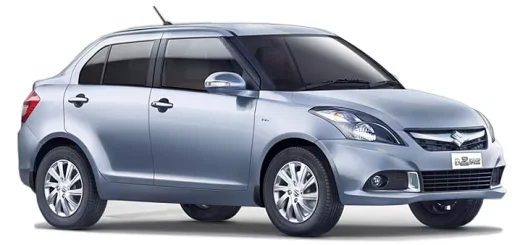


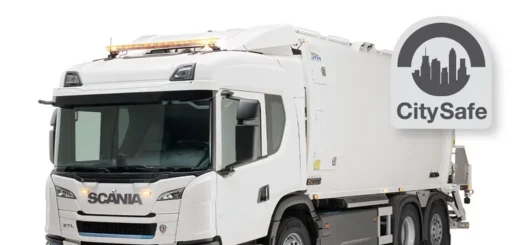
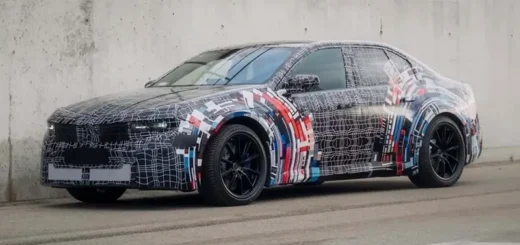
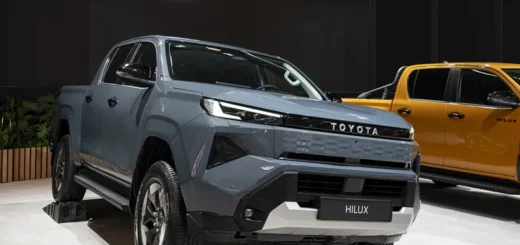
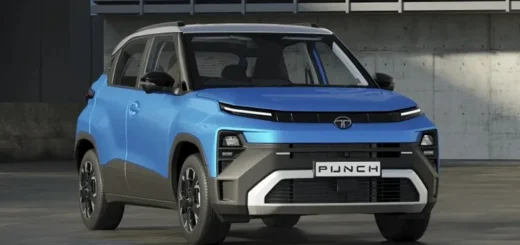
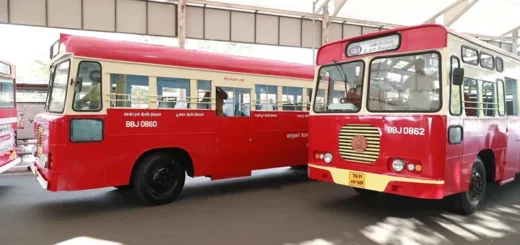

this car is so ugly lookin'….i think they should get back with a most pwerful model…